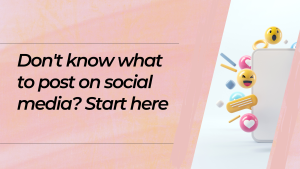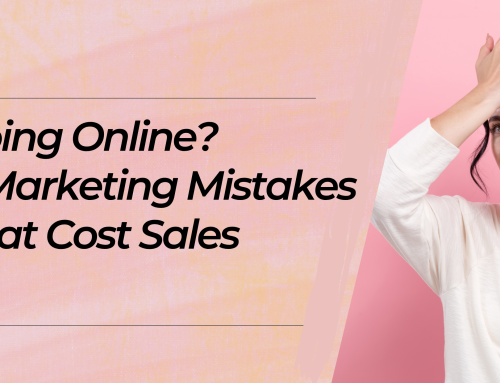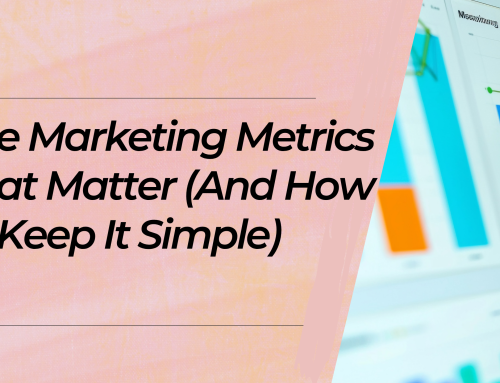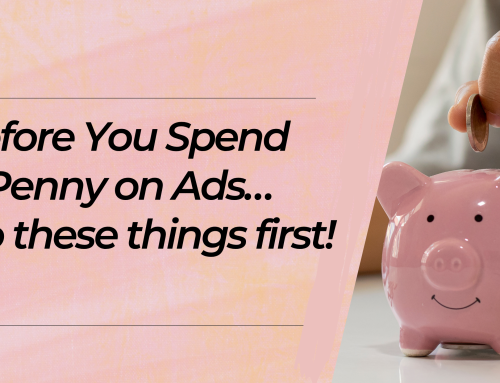 Content Pillars: The Simple Strategy Behind Consistent, Purposeful Marketing
Content Pillars: The Simple Strategy Behind Consistent, Purposeful Marketing
If you’re a small business owner who’s passionate about what you do and the difference it can make for people — but marketing still feels a bit new — you’re absolutely in the right place. I love marketing, and this is something I see all the time with clients. When you get stuck on what to post, it’s almost always because you don’t have clear content pillars. The good news? It’s an easy fix. Once you’ve got your pillars in place, planning ahead gets so much simpler, and it can genuinely take you from stalling your business, to sucessful sales online.
You know your offer inside out. You love talking about it. But when it comes to showing up online, it’s easy to hit a wall:
👉 What do I post?
👉 How do I keep it fresh?
👉 How do I make sure my message actually connects with people?
One of the simplest, most effective tools I use with my clients and in my own business — is content pillars.
What Content Pillars Are (and Why They Matter)
Content pillars are simply the core themes or topics your business talks about regularly. Think of them like the backbone of your marketing: instead of throwing out random posts, you’re consistently sharing content that supports your business goals and speaks directly to your ideal customer.
Why this matters:
-
✅ You stop second-guessing what to post.
-
✅ Your message becomes consistent and clear.
-
✅ Planning content gets a whole lot easier.
-
✅ Your audience starts to really get what you’re about.
-
✅ Every post has a purpose, not just a place in the calendar.
For example, if you sell collagen products, your content pillars might be:
-
Education — ingredients, benefits, how to use it, myths vs facts
-
Lifestyle — recipes, wellness tips, daily routines
-
Customer Stories — testimonials, before and afters, real results
-
Behind the Scenes — packing orders, business journey, personal touch
-
Promotions — launches, offers, bundles
With these in place, you’re no longer starting from a blank page — you’re simply choosing which pillar to post from.
How Content Pillars Fit Into the Customer Journey
Your content pillars shouldn’t just “fill your feed” — they should guide your audience through their decision-making journey.
Every buyer goes through roughly five stages:
-
Awareness – They realise they have a need or a problem.
→ This is where content helps them identify with a scenario, pain point, or possibility they may not have put into words yet. -
Consideration – They learn what your product or service is.
→ You explain how it works, what it does, and why it matters. -
Desire – They start to picture the benefits for themselves.
→ You show outcomes, share lifestyle tips, and paint a clear picture of what’s possible. -
Decision – They weigh up their options and decide who to trust.
→ You differentiate your offer, share social proof, and show your personality. -
Conversion – They’re almost ready — they just need their final doubts answered.
→ You address those lingering questions and give them a clear next step.
When your content pillars cover these stages, you’re not just posting — you’re building a natural path that leads someone from “I didn’t even know I needed this” to “This is exactly what I’ve been looking for.”
Using Content to Remove Any Reason They’ve Not Bought Your Product Yet
Alongside the journey, there are usually a few barriers or mental blocks your audience has to overcome before they’ll buy. Each piece of content you create can gently remove one barrier at a time.
For example:
-
“Does this actually work?” → Education pillar tackles this with facts and clear explanations.
-
“Will this work for someone like me?” → Customer Stories pillar shares relatable experiences.
-
“Can I trust this business?” → Behind the Scenes pillar shows the real humans behind the brand.
-
“Why should I choose this over other options?” → Decision-stage content and differentiators.
-
“Is now the right time?” → Promotions pillar gives them that nudge.
When your content pillars are designed with both the customer journey and these barriers in mind, your marketing starts to work strategically — often without feeling “salesy” at all.
How to Choose Your Content Pillars
Here’s a simple way to define your own pillars:
-
Start with your business goals
→ What do you want your content to achieve? More awareness? Education? Conversions? -
Think about your audience’s journey
→ What do they need to understand, feel, or believe at each stage? -
List the barriers they may have
→ These will give you clues for what content themes are needed to build trust. -
Choose 3–5 clear themes
→ Broad enough to give variety, focused enough to stay consistent. -
Stick with them
→ Don’t change them constantly — consistency is what builds recognition and momentum.
Bringing Your Content Pillars to Life
Once you have your pillars, showing up online gets easier. Here are five simple post formats you can use again and again under any pillar:
-
Share a Helpful Tip – Quick, valuable, and builds trust.
-
Go Behind the Scenes – Show the real human side of your brand.
-
Repurpose Older Content – Reinforce key messages without starting from scratch.
-
Share Customer Stories or Testimonials – Build social proof naturally.
-
Ask a Question – Invite conversation and learn from your audience.
These formats work beautifully alongside your pillars, helping you stay consistent even on busy weeks.
To wrap it up
Content pillars aren’t just a “nice idea” — they’re a practical strategy to bring clarity, consistency, and purpose to your marketing.
They give you something solid to build on, help move your audience from awareness to action, and let you address the barriers that often hold people back from buying. And best of all, they make content creation feel manageable, even if marketing is new to you.
Pick 3–5 pillars this week, map them to your audience’s journey and common barriers, and start using them to plan your posts. Over time, this simple structure will build trust, grow your visibility, and help turn followers into customers.
Want help getting started? Download my Content Pillar Worksheet to plan yours step by step.



